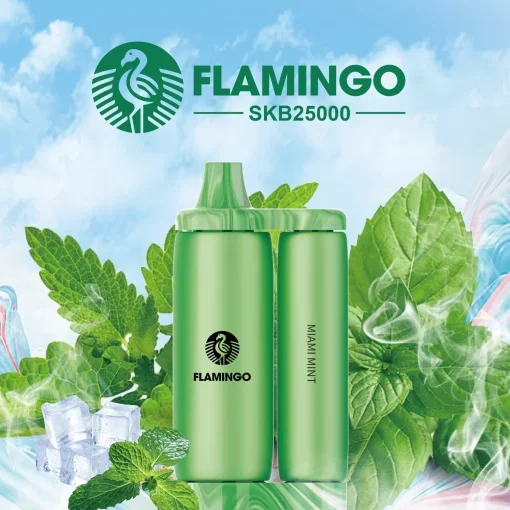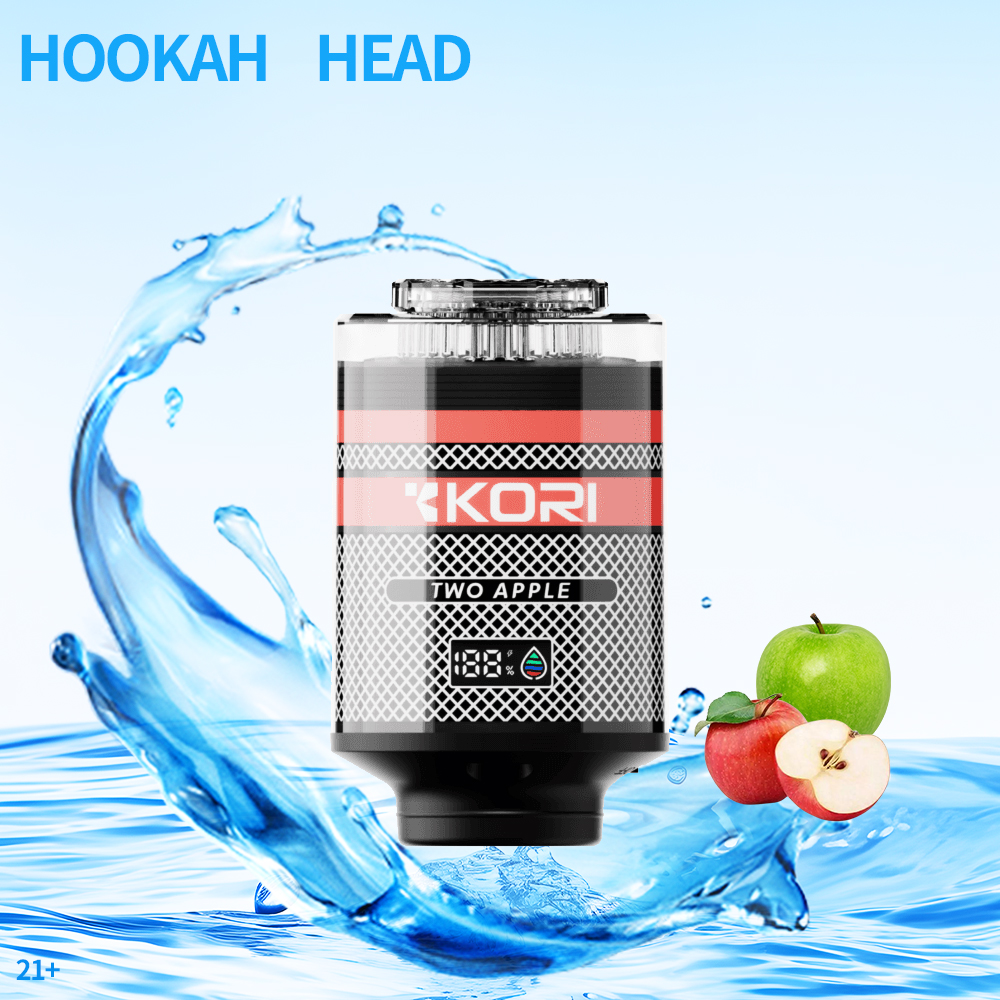How Much Do Vape Shops Make? A Comprehensive Analysis
The vaping industry has seen a rapid surge in popularity over the past decade, prompting many entrepreneurs to consider opening their own vape shop. With the right strategies and execution, a vape shop can be a lucrative business. But how much do these establishments actually make? Let's dive into the details.
The Vape Market Landscape
The first step in understanding the potential earnings of a vape shop is to consider the broader context of the vaping industry. The global market for vape products is expected to reach over $46 billion by the year 2026, with a compound annual growth rate (CAGR) of over 23% in some regions. This rapid growth indicates a strong consumer demand and investment opportunity, making it an attractive market for new business owners.
Types of Vape Shops
Vape shops can vary significantly in size and business model. There are independent storefronts, online retailers, and franchises. Each type has different revenue streams and operational costs:
- Independent Vape Shops: These are typically locally owned establishments that sell various vaping products, including e-liquids, devices, and accessories. They may also offer a lounge area for customers to try products.
- Online Vape Stores: With the convenience of e-commerce, many vape businesses operate solely online, which can reduce overhead costs related to physical space.
- Franchises: Some entrepreneurs opt to join established brands as franchise owners, benefitting from brand recognition and corporate support.
Potential Revenue of Vape Shops
The revenue generated by a vape shop can depend on a number of factors, including location, market demand, product offerings, and pricing strategies. On average, a well-managed vape shop can gross anywhere from $300,000 to over $1 million per year.
Factors Influencing Revenue
Several factors can significantly impact the revenue a vape shop can generate:
- Location: Shops located in high-traffic areas or regions with large vaping populations typically see greater foot traffic and sales.
- Marketing Strategies: Effective marketing initiatives, such as social media campaigns and local advertisements, can attract more customers.
- Product Diversity: Offering a wide variety of products, including premium e-liquids, disposable vapes, and accessories, can cater to diverse customer preferences and increase sales.
Cost of Operating a Vape Shop
Understanding potential earnings also requires evaluating the costs of running a vape shop. Key expenses include:
- Rent: Rental costs can vary greatly depending on the area and the size of the shop.
- Inventory: Initial inventory costs can range from $20,000 to $50,000, depending on product variety.
- Licensing: Depending on your locality, obtaining the necessary licenses and permits can incur significant fees, potentially reaching thousands of dollars.
- Staffing: Hiring knowledgeable staff is essential, and payroll can constitute a substantial portion of your monthly expenses.
- Utilities and Other Overheads: Costs like electricity, internet, and insurance also need to be accounted for.
Profit Margins in the Vape Industry
Profit margins in the vape industry can vary widely. For vape shop owners, understanding these margins is crucial for financial planning. Generally, profit margins for vape products can range from 30% to 60%, with e-liquids often having higher margins due to lower production costs.
Additions to Business Model
To maximize revenue, many vape shop owners are expanding their business models through the following methods:
- Offering Vape Workshops: Sessions that educate customers on vaping, e-liquid mixing, and maintenance of devices can foster community and loyalty.
- Loyalty Programs: Implementing a rewards system can encourage repeat business and foster customer retention.
- Expanded Product Lines: Selling non-vaping items, such as CBD products and smoking accessories, can diversify income streams.
Challenges Facing Vape Shops
Despite the potential for substantial profits, vape shops face numerous challenges:
- Regulatory Changes: The industry is subject to frequent changes in legislation, which can affect product availability and compliance costs.
- Market Saturation: As more shops open, competition increases, which can drive down prices and profit margins.
- Public Perception: Negative perceptions about vaping may deter and limit the customer base.
Final Thoughts
In summary, the financial potential of a vape shop can be significant. However, success relies heavily on various factors such as location, pricing strategies, and the ability to adapt to market changes. With diligent planning and execution, aspiring vape shop owners have the opportunity to carve out a profitable niche in this growing industry.





